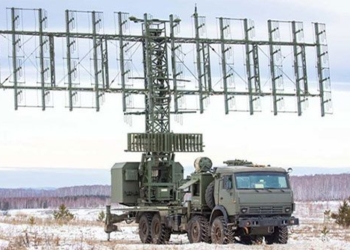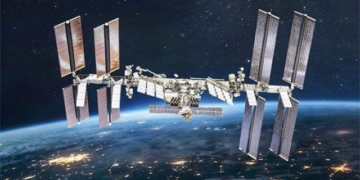In a report about the Soviet Red Army’s counteroffensive in 1941, a captured German soldier stated: “The firepower from the Red Army’s rockets drives men insane,” referring to the formidable Katyusha, a powerful multiple rocket launcher used by the Soviets during World War II.
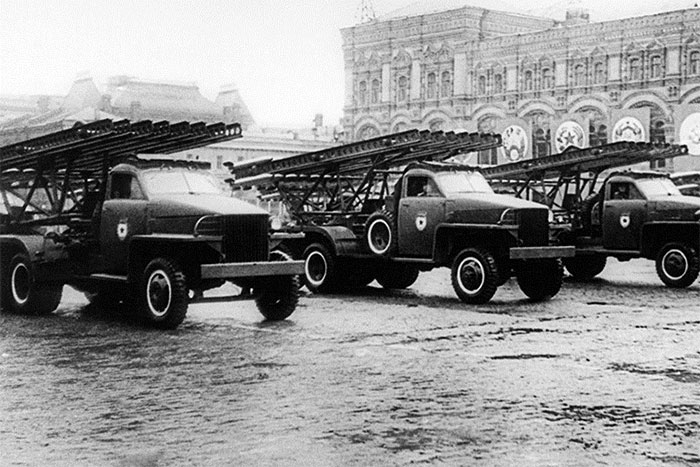
Three Katyusha trucks of the Soviet Union entering Red Square during the victory parade on June 24, 1945. (Photo: RBTH).
Katyusha was introduced to the highest-ranking officials of the Soviet Union just before World War II began and made a significant impression right from its first demonstration launch. The decision to start the production program for Katyusha was approved on June 21, 1941, just one day before the German fascist army invaded Soviet territory.
Katyusha was developed entirely in secrecy. Each Katyusha unit was equipped with a self-destruct device to prevent it from falling into German hands. To ensure the enemy did not discover that the Soviets possessed this powerful weapon, the Katyusha regiments were referred to as “artillery forces.”
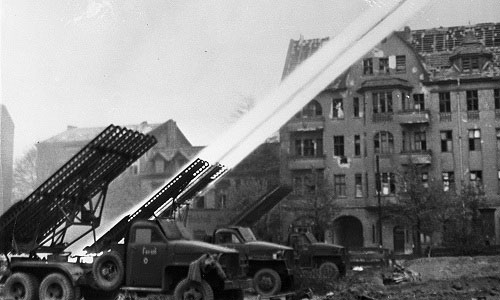
Katyusha firing during World War II. (Photo: RBTH).
The name Katyusha is believed to be inspired by a song about a girl waiting for her boyfriend serving in the military near the border during World War II. Another hypothesis suggests that Katyusha was the name of a Russian soldier’s girlfriend who specialized in repairing weapons, or that the “K” on the truck frame stands for the Komintern factory that produced weapons in Voronezh.
The official name of Katyusha is BM-13, where BM stands for combat vehicle and the number 13 indicates the size of the rocket projectile. On July 14, 1941, the first Katyusha unit, consisting of 7 BM-13 launchers under the command of Captain Ivan Flerov, engaged in battle in the city of Orsha in Belarus, which was occupied by German forces, located 500 km west of Moscow.
Orsha was an important logistical hub for the German fascists, housing numerous soldiers and ammunition depots. In this battle, after destroying German positions, the Katyusha launchers quickly withdrew, leaving the enemy in utter horror.
“The Russians used a weapon that had never been known before. A firestorm engulfed the Orsha station, along with all the soldiers and weapons. Steel was melting, and even the ground was burning,” wrote German Army Chief of Staff Franz Halder in his memoirs about the battle.
Fast and Deadly
The shock capability and destructive power of Katyusha batteries stem from their ability to launch tons of explosives covering a vast area in just a few seconds. The impact of such a volley is equivalent to 70 heavy artillery pieces.
Unlike traditional artillery, the BM-13 can move quickly to change firing positions, making it difficult for the enemy to track and counterattack. Katyusha rockets are also designed to leave minimal traces, making it extremely hard for the enemy to detect the firing positions for retaliation.
From 1942, Katyusha was mounted on American Studebaker trucks that the Soviets received through the Lend-Lease program. These powerful and fast vehicles were well-suited for the Katyusha rockets.
After proving their effectiveness, many Katyusha units were quickly established and sent to the front lines. Captain Flerov’s unit fought until early October to prevent German forces from advancing toward Moscow. When surrounded in the city of Vyazma, the unit fired all their rockets and destroyed all Katyusha units before sacrificing themselves.
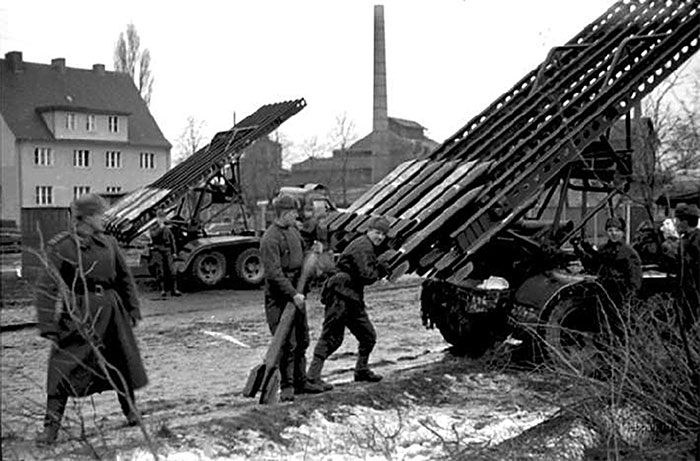
Soviet Red Army soldiers loading ammunition into a Katyusha launcher. (Photo: RBTH).
The German fascists were eager to understand this new Soviet weapon, but for a long time, they could not grasp the secrets behind its development. The biggest obstacle for Nazi engineers was the production of a special type of gunpowder that could ensure the rockets flew far and stable without leaving any traces.
The Germans later developed the Nebelwerfer system, which consisted of 6 launch tubes. However, this system had many weaknesses compared to Katyusha, such as fewer projectiles, lack of mobility, shorter range, and particularly left very clear traces after each launch.








































